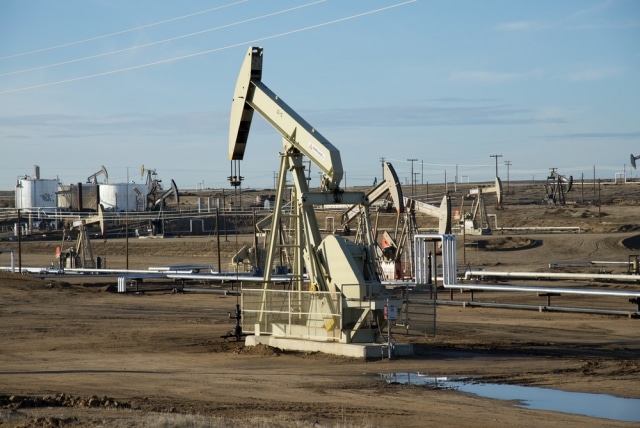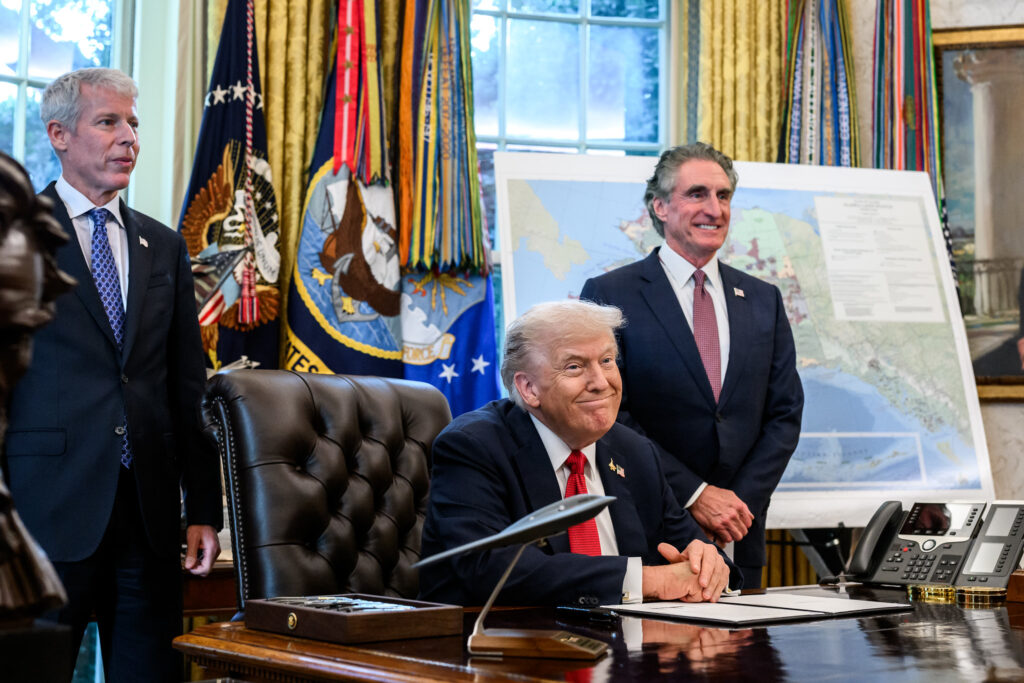The latest in the ongoing investigation into California regulators’ failure to protect residents from toxic oil industry waste streams has led to the closure of 12 more underground injection wells. The 12 wells that were shut down this week are all in the Central Valley region, ground zero for oil production in the state.
California has roughly 50,000 underground injection wells. State officials are investigating just over 2,500 of them to determine whether or not they are injecting toxic chemical-laden oil industry wastewater into aquifers containing usable water (or at least potentially usable water) that should have been protected under the Safe Drinking Water Act.
A coalition of environmental, health and public advocacy groups filed a legal petition with Governor Jerry Brown last week in an attempt to force an emergency moratorium on fracking after it was discovered that flowback, a fluid that rises to the top of a fracked well, contains alarmingly high levels of toxic and carcinogenic chemicals.
Fracking flowback is an increasingly prevalent component of the oil industry wastewater that is being injected into the state’s aquifers, as fracking is now used in up to half of all new wells drilled in California.
Prompted by an inquiry by the federal Environmental Protection Agency in 2011, state officials shut down 11 wastewater injection wells last year over similar concerns that they were polluting badly needed sources of water in a time of prolonged drought. It was later confirmed that 9 of those wells were in fact pumping wastewater into protected aquifers—some 3 billion gallons of wastewater, by one estimate.
Since then, the fallout has continued at a rapid pace, with a new revelation coming seemingly every other month. In just the past few months, for instance, the scope of the problem has ballooned from hundreds of injection wells allowed to dump oil industry wastewater into protected aquifers to thousands more wells permitted to inject fluids from “enhanced oil recovery” techniques such as acidization and cyclic steam injection into protected aquifers.
Now, a CalEPA memo is providing the latest round of revelations, among them, the fact that “there are approximately 140 active wastewater disposal wells injecting into aquifers with Total Dissolved Solids (TDS) less than 3,000 mg/l, a key indicator under the federal Safe Drinking Water Act (SDWA) of higher quality water.”
In many cases, those wells are operating with permits. How could this have happened?
The CalEPA report says that the agency responsible for overseeing the state’s underground injection control program, the Division of Oil, Gas, and Geothermal Resources (DOGGR) had been delegating permitting duties to its six field offices, but “DOGGR headquarters in Sacramento generally did not review district permitting decisions; nor did it provide standardized guidance on identifying the injectable zone for exempt aquifers.”
The report also found that DOGGR did not even consider the impacts of its decisions on public health, and had to be alerted to the threat its lax permitting procedures had created by a regional water board:
In 2014 the Central Valley Regional Water Board independently discovered that injection had been permitted in sub-3,000 mg/l TDS aquifers. It notified DOGGR that there may be groundwater supply wells at risk. Until that time, DOGGR had not treated the injection wells, which are located in oil fields, as a significant public health risk, although questions about this had been raised within DOGGR.
At this point, state officials say, there is no evidence that any wells relied on by the public for drinking water or irrigation have been contaminated. But activists were quick to seize on these new revelations to call for drastic measures from Governor Jerry Brown.
“This damning report shows that state oil officials utterly failed to protect clean California aquifers from dangerous oil industry waste,” Kassie Siegel of the Center for Biological Diversity said in a statement emailed to DeSmogBlog. “Governor Brown’s administration didn’t even treat these illegal wastewater injections as a threat to our drinking water until local water officials independently discovered the problem and raised health concerns.”
Siegel says that the response from Gov. Brown and state officials has so far been woefully inadequate. “Shutting down 12 illegal injection wells barely scrapes the surface of this threat to our drinking water. Before this gets any worse, we need Governor Brown to order an immediate halt to all illegal wastewater injections into protected aquifers.”
Image Credit: Richard Thornton / Shutterstock.com
Subscribe to our newsletter
Stay up to date with DeSmog news and alerts






